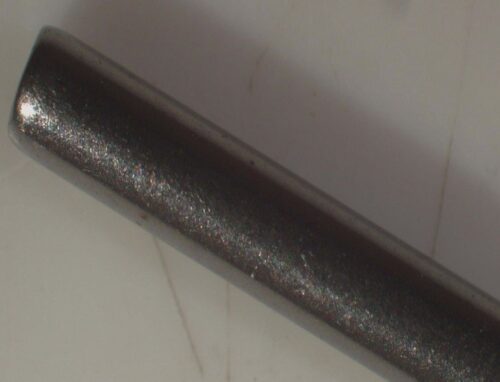Spotlight on Cleanliness Test

Key points
This test method was developed for a specific customer but has equal applicability for others. If you have a test method/testing requirements that you require help with then please contact us.
Cleanliness testing of automotive components identifies if parts are fit for purpose.
Background
A new customer had a problem, they were buying in raw materials from non-EU countries and they wanted to evaluate the cleanliness of the product prior to use. This was required to use the raw material in their manufacture and to satisfy their customers as to the suitability of their product. The customer needed us to develop the method based on an ISO method.
This cleanliness test references ISO 16232 in which automotive components are cleaned to a certain specification ensuring there is no particulate contamination on the automotive components post cleaning filtration. Glantreo developed and validated a method based on a particular solvent and filter system within a timeframe that suited the customer. The customer increased their customer base as a result of being able to state the suitability of their products.
What is the Test?
Demands for quality control of components and cleanliness testing have risen steadily in recent years—so much so that clean manufacturing is one of the main issues in industry. Both functionality and the lifetime of products are linked directly to the extent of particulate contamination. To achieve reliable performance of components, controls over the number of particles introduced during the build phase is necessary, and measurement of particulate contaminants is the basis of control. This cleanliness test references ISO 16232 in which automotive components are cleaned to a certain specification ensuring there is no particulate contamination on the automotive components post cleaning filtration. The particulates are deposited on a membrane filter via acetone and this is then tested under a microscopic programme to determine the size of the particulates that were deposited.
Who would use the test?
This test would fulfil the requirements for the automotive industry since the function and performance of modern automotive fluid components and systems are sensitive to the presence of a single or a few critically sized particles. However, cleanliness tests are being used in all industries and would have similarities depending on the application.
What type of samples can be tested?
Small automotive components.


